Mystery of COVID-19's origins deepens with new report: What we know
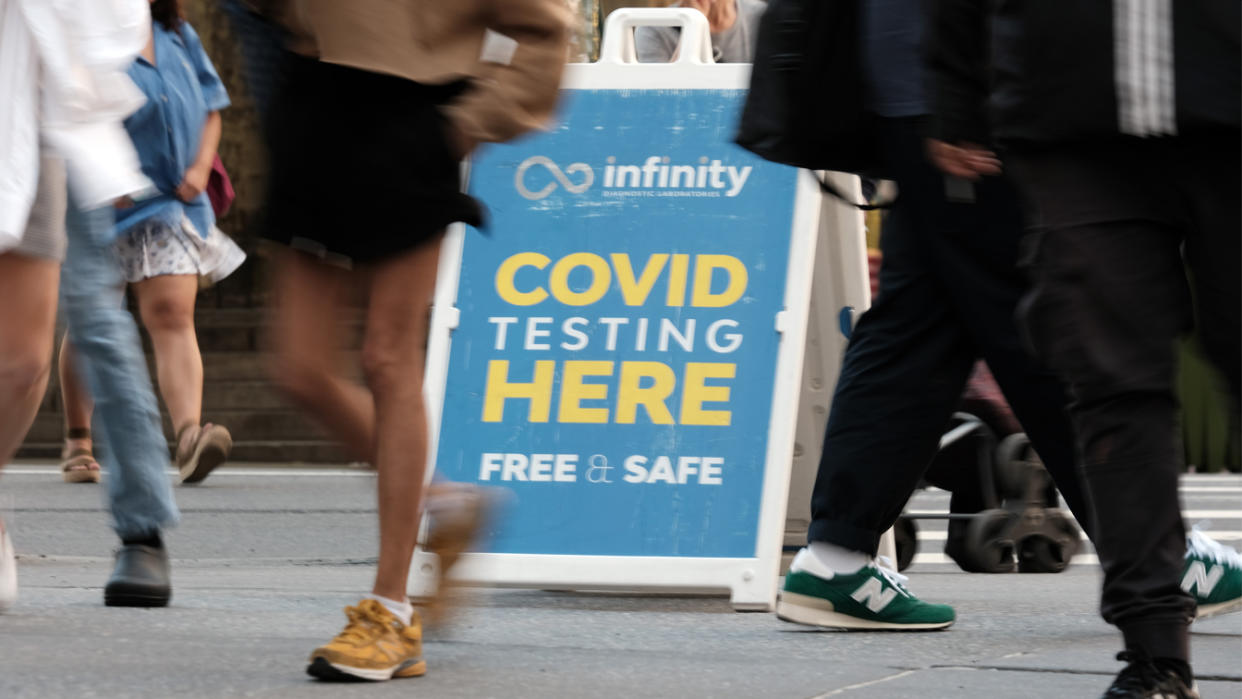
Since the first cases of a mysterious new respiratory illness were recorded in China in late 2019, scientists have come to know the pathogen named SARS-CoV-2 (along with its Greek-letter variants) with an uncommon intimacy. With astonishing speed, they decoded its genetic architecture and, using that knowledge, created treatments and vaccines that have reduced the pandemic to a background concern in many parts of the world.
Yet more than three years after the advent of the coronavirus, the most fundamental question remains: Just where did it come from?
At first, investigators pointed to China’s trade in exotic animals. A wildlife market in Wuhan, a city in Hubei province, emerged as the potential site of the original transmission. And a little-known creature, the pangolin, was widely suspected as having served as the unwitting vehicle of zoonosis, or animal-to-human transfer of the coronavirus.
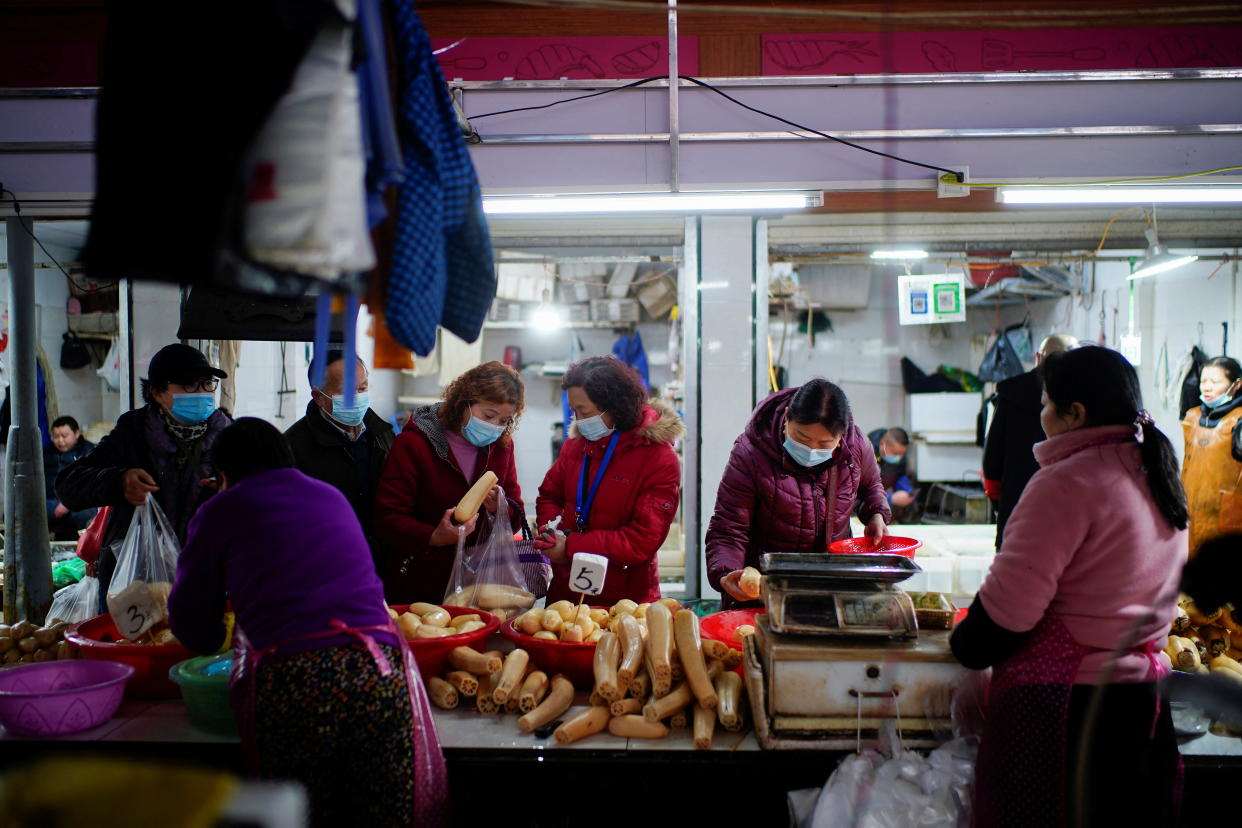
But a faction of investigators has insistently maintained that the virus spilled out from a laboratory such as the Wuhan Institute of Virology, perhaps as the result of an accident. While their argument was at first dismissed as conspiratorial and xenophobic, it gained currency throughout 2021 and 2022, especially as genetic data seemed to point — circumstantially, but persuasively — to evidence of human engineering.
Today, the scientific community generally remains behind the zoonotic hypothesis: that is, that the virus jumped from animals to humans at the wildlife market, or at some other point of contact between species.
Yet evidence for the lab leak narrative is only building.
On Saturday, the Wall Street Journal revealed that the federal Department of Energy — whose ranks include highly trained biologists — has revised its estimate to reflect growing (if still tenuous) confidence that the virus emerged from a Chinese laboratory. Other agencies disagree with that assessment; the development seemed only to underscore how contentious the question of how the pandemic began remains.
The Department of Energy was one of several agencies asked by the Biden administration to assess whether the coronavirus originated at a wildlife market or as a result of a laboratory accident.

During a White House briefing on Monday, National Security Council spokesman John Kirby said that the Biden administration was determined to discover how the pandemic began. “We really do want to know what happened here,” Kirby told reporters.
The news added to a growing frustration with Beijing, which has allowed little legitimate inquiry into how the pandemic began.
“China’s government may accuse others of politicizing #COVID19,” diplomat and Asia expert Jamie Metzl wrote on Twitter, “but by destroying samples, hiding evidence, gagging Chinese scientists and undermining international efforts, Beijing has made a full origins investigation impossible and put the world at risk."
Why did the Department of Energy change its mind?
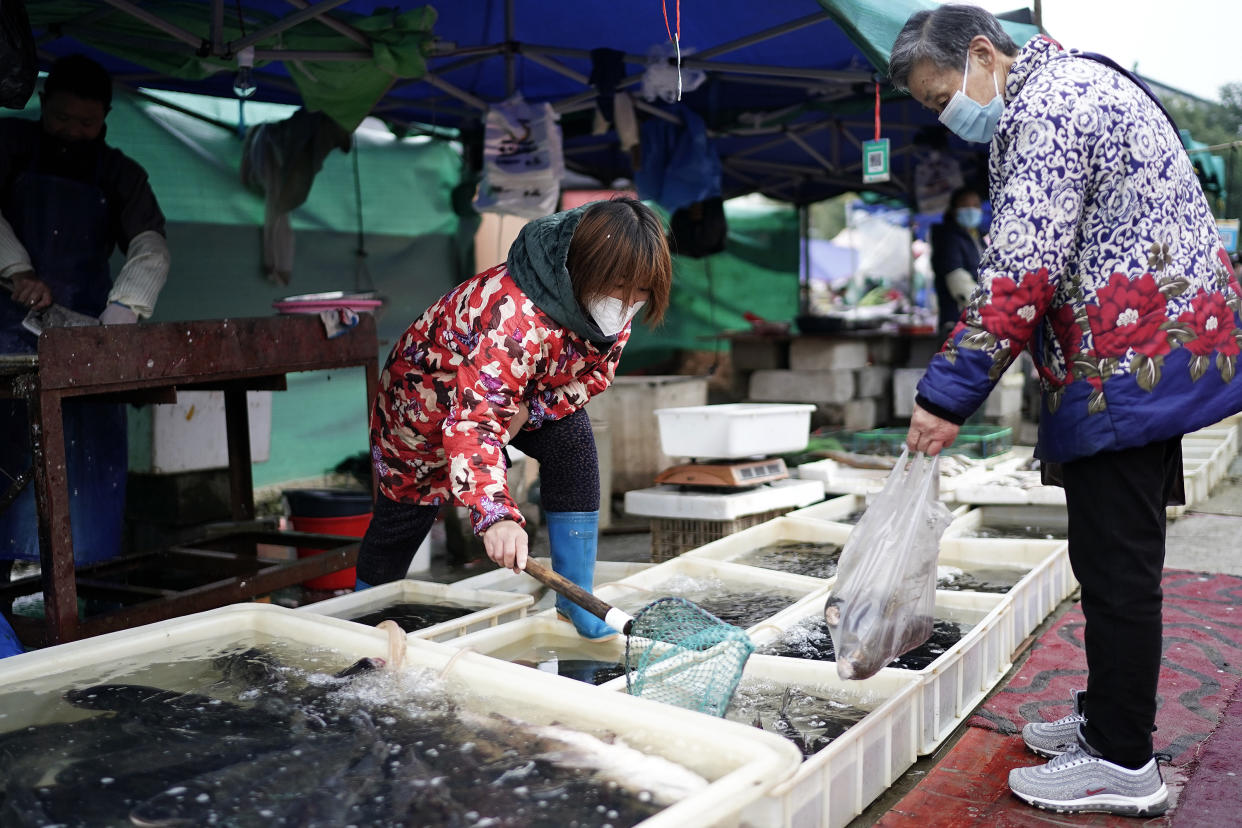
It is not entirely clear what led the Energy Department to revise its estimate; the update delivered recently to members of the Biden administration and congressional leaders says agency investigators now have “low confidence” in a lab leak origin for COVID-19.
For intelligence analysts, a low-confidence assessment is one based on highly incomplete evidence. Still, the shift indicates that evidence could be shifting in favor of a lab leak.
An intelligence official told the Journal that the Department of Energy revisions were based on what Saturday’s report described as “new intelligence, further study of academic literature and consultation with experts outside government.”
Four other agencies have expressed “low confidence” in a zoonotic origin, meaning that they believe the coronavirus came from a wildlife market but lack the evidence to make a more definitive declaration. According to the New York Times, those agencies reviewed the new evidence provided by the Department of Energy but chose to stay with their original assessment.
In other words, disagreement remains.
“There is not a consensus right now in the U.S. government about exactly how COVID started,” Kirby acknowledged on Monday.
What other developments have there been?
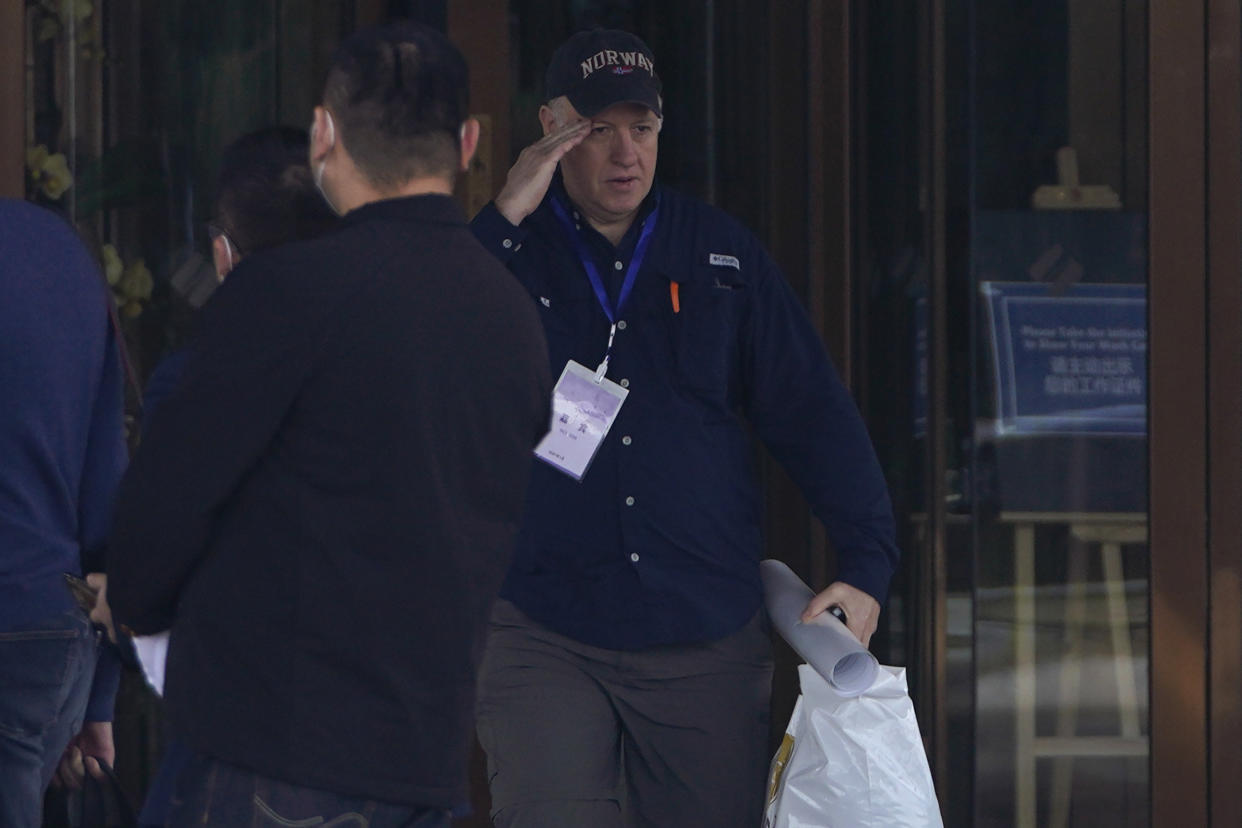
Last month, the inspector general of the federal Health and Human Services Department faulted the National Institutes of Health for not conducting sufficient oversight of subgrants to the Wuhan Institute of Virology that had been made over the course of several years through an American intermediary, the EcoHealth Alliance.
Proponents of the lab leak hypothesis believe that understanding the role of EcoHealth Alliance is critical to unraveling the mystery of the pandemic’s origins. EcoHealth chief executive Peter Daszak has maintained that his organization is being roped into a conspiracy theory, one predicated on an ignorance of how, and where, virologists work.
What does China say?
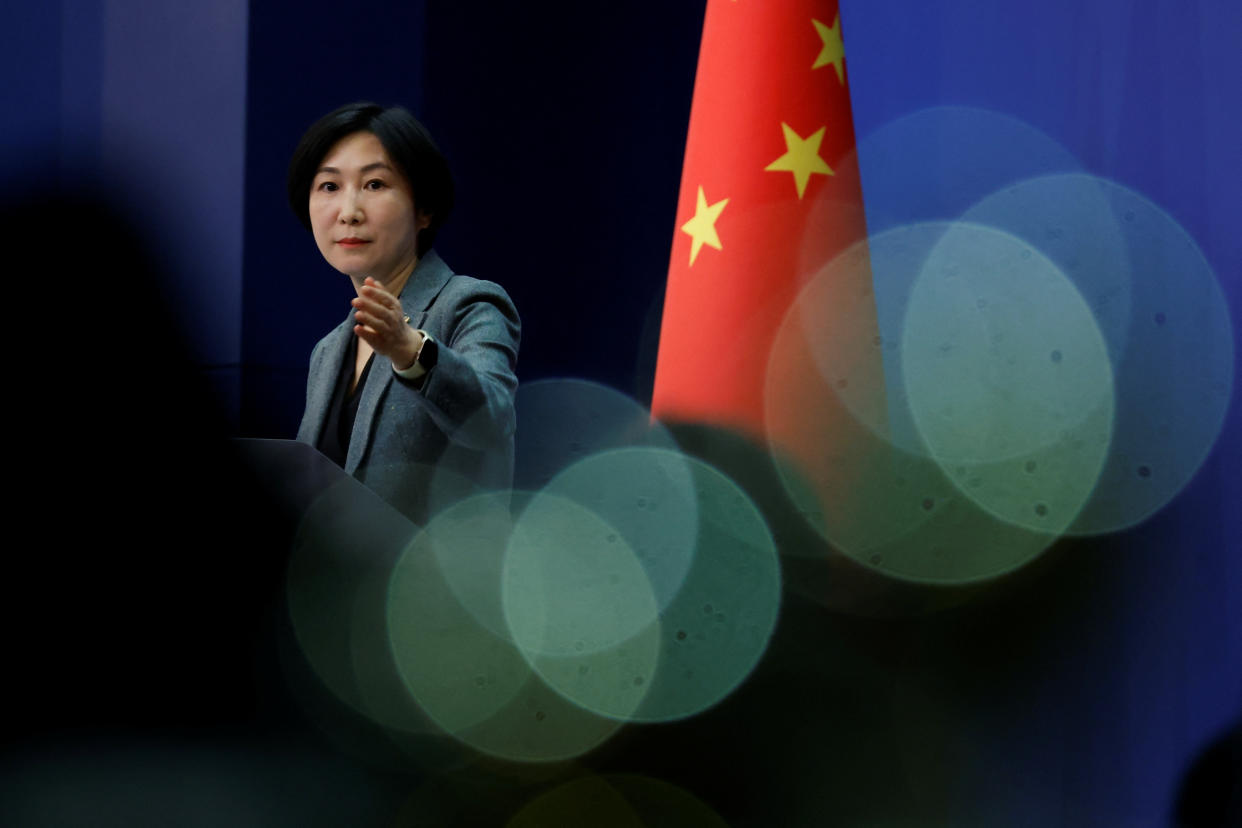
China’s Foreign Ministry forcefully rejected the Journal’s reporting. “The origins-tracing of SARS-CoV-2 is about science and should not be politicized. China has always supported and participated in global science-based origins-tracing,” spokeswoman Mao Ning said during a Monday press briefing.
Mao pointed to a World Health Organization (WHO) report that endorsed the zoonotic hypothesis.
“Certain parties should stop rehashing the ‘lab leak’ narrative, stop smearing China and stop politicizing origins-tracing,” she said.
Did WHO really rule out a lab leak?
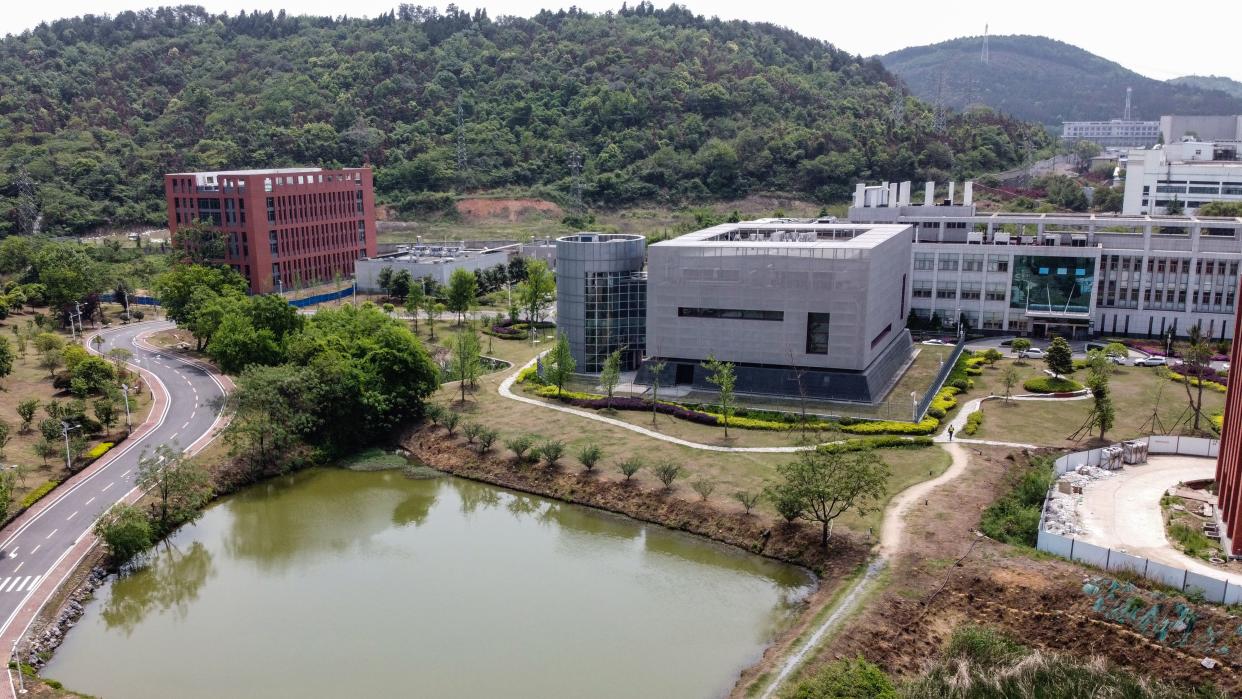
Not at all. In early 2021, a group of researchers conducted an investigatory visit to Wuhan, in what remains the only instance of Western observers being allowed to conduct field work regarding coronavirus origins.
The ensuing report did conclude that the virus most likely originated in a wildlife market. It rated the possibility of a lab leak as “extremely unlikely.”
Critics said WHO did not press China with sufficient intensity, charging that including lab-leak skeptics like Daszak of EcoHealth Alliance on the WHO team that traveled to Wuhan inherently skewed the investigation in favor of the wildlife market hypothesis. Eventually, even the head of WHO, Tedros Adhanom Ghebreyesus, cautioned against ruling out the possibility of a laboratory accident, thus seemingly contradicting the report his own agency had produced.
Earlier this month, WHO disputed reports that it was unable to further investigate the pandemic’s origins because of Beijing’s intransigence. The episode only underscored how little clarity investigators have managed to achieve — and how Beijing’s stonewalling continues to frustrate attempts at a legitimate investigation.
What can Washington do?
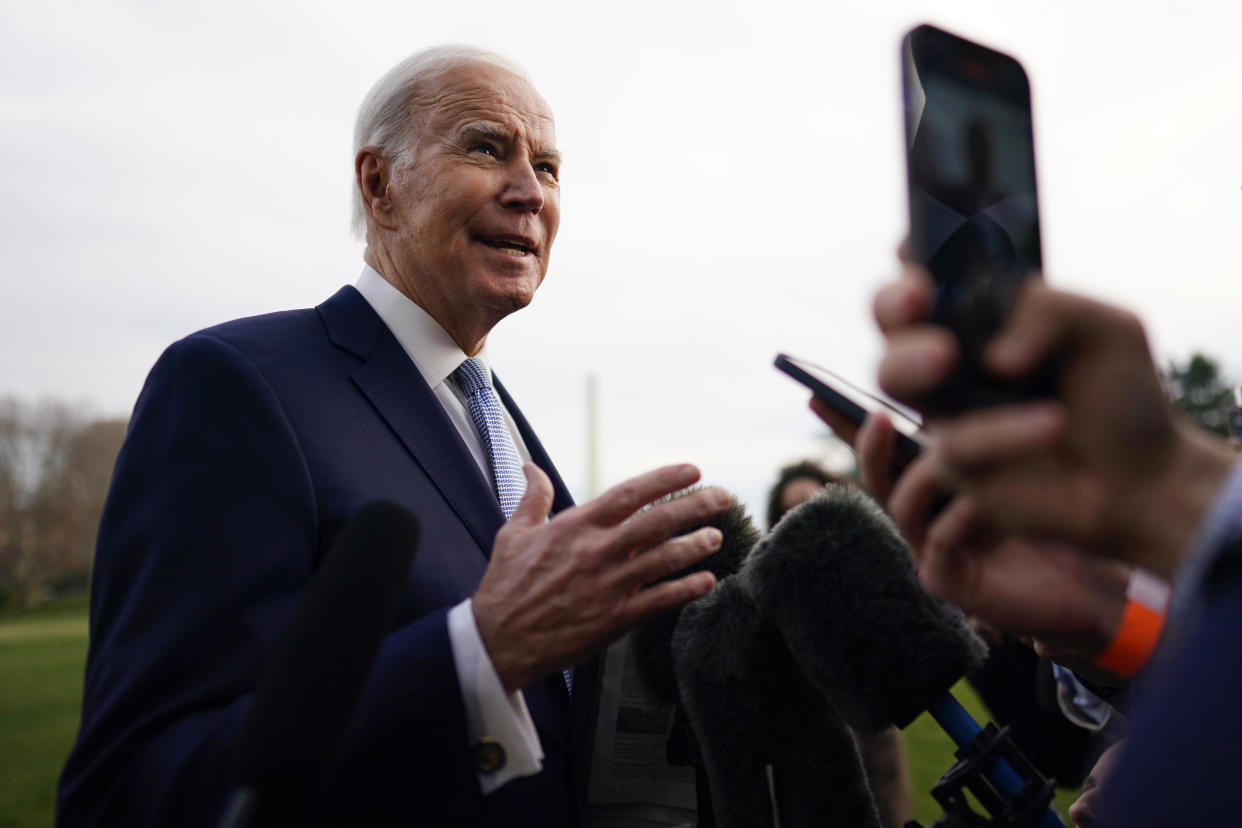
President Biden has vowed to compete with China on the world stage but to avoid outright conflict. The persistent questions over how the coronavirus began have frustrated that nuanced approach, forcing the president to confront an issue that will be difficult for him, or any Western leader, to resolve.
In May 2021, Biden asked the intelligence community to assess how the coronavirus began, in a signal that his administration was willing to entertain what had been, during Donald Trump’s presidency, a matter of conspiratorial musing. (The Department of Energy revisions stemmed from the 2021 directive.)
At the same time, Biden has been careful not to confront Chinese leader Xi Jinping on the matter. With China potentially preparing to help Russia in its invasion of Ukraine and, in the longer term, possibly preparing for an invasion of Taiwan, Biden has to carefully choose where to press Xi, and how forcefully to do so.
The recent brouhaha over a Chinese surveillance balloon that flew over the United States before being shot down by the U.S. military only deepened the tensions between Washington and Beijing.
That leaves the Republican-led House of Representatives as the most likely source of an aggressive investigation into the lab leak hypothesis. GOP leaders vowed to undertake an extensive inquest into how the pandemic began after winning back the lower chamber in last fall’s congressional midterms.
But those efforts have been hampered by far-right figures like Rep. Marjorie Taylor Greene, R-Ga., who have proffered baseless conspiracy theories about the pandemic, including outlandish accusations that the coronavirus was a “bioweapon” manufactured with the complicity of American officials like Dr. Anthony Fauci, the renowned immunologist and former White House adviser.
More-mainstream Republicans are trying to hold China to account without embracing conspiracies and demonstrable falsehoods.
“Evidence has been piling up for over a year in favor of the lab leak hypothesis. I am glad some of our agencies are starting to listen to common sense and change their assessment,” Rep. Mike Gallagher, R-Wis., told the New York Times.
This article has been updated to more accurately reflect the research conducted by EcoHealth Alliance in China.


